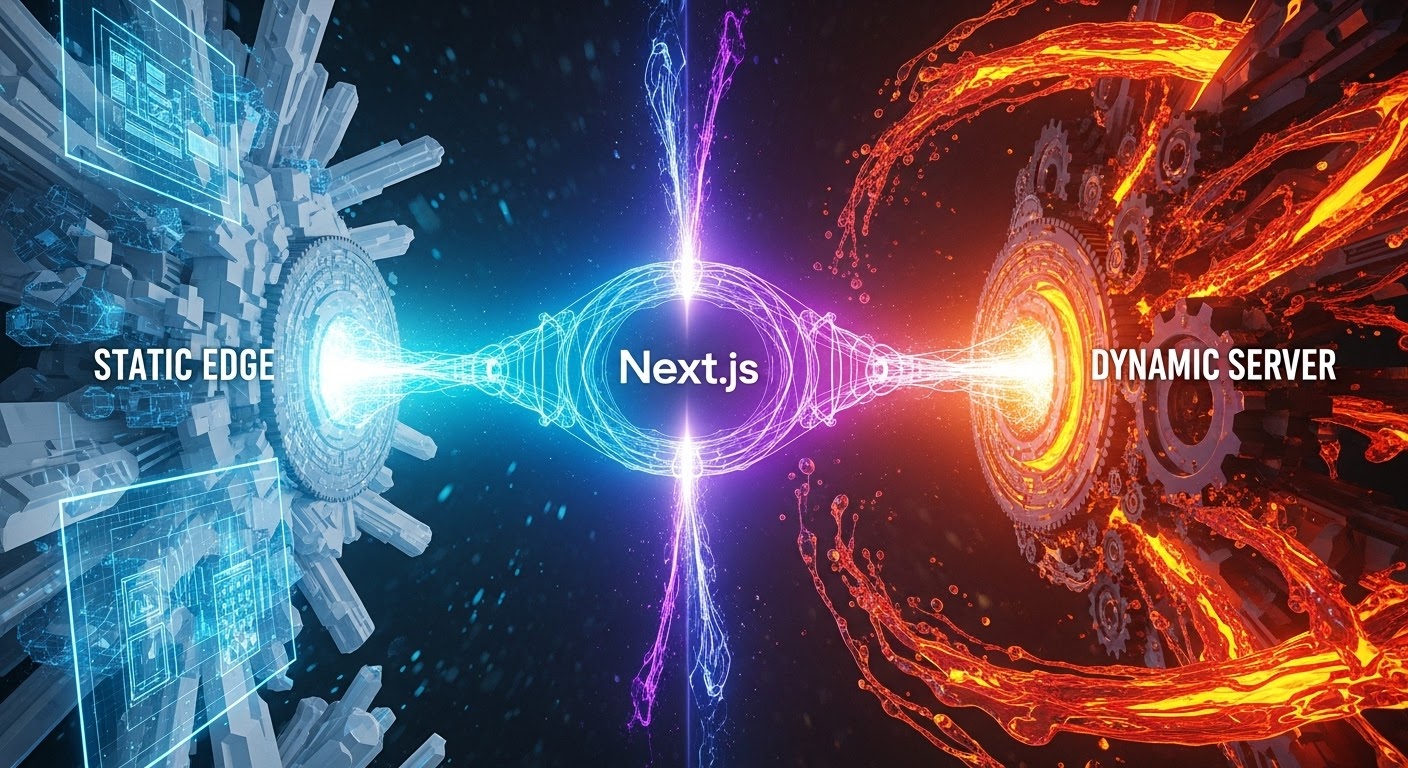Search This Blog
Welcome to Financially Free, your guide to taking control of your money. Learn to budget, pay off debt, and invest wisely. We provide practical advice and simple strategies to help you build wealth and achieve true financial independence. It's time to live life on your terms.
Axos ONE
Featured
- Get link
- X
- Other Apps
What Role Can AI Play in Enhancing Cybersecurity Defenses and Threat Detection?
What Role Can AI Play in Enhancing Cybersecurity Defenses and Threat Detection?
Introduction to AI in Cybersecurity
Why AI Is a Game-Changer in Cybersecurity
Let’s face it—cyberattacks are becoming smarter and sneakier by the day. That’s where AI steps in as a game-changer. Artificial Intelligence (AI) is like having a digital superhero working around the clock to keep systems secure. It can process massive amounts of data at lightning speed, detect patterns humans might miss, and adapt to new threats faster than you can say "malware."
The Growing Cyber Threat Landscape
From ransomware to phishing schemes, the digital world is under constant siege. As hackers evolve their tactics, traditional security methods struggle to keep up. AI bridges this gap by providing advanced, proactive solutions to safeguard sensitive data.
Key Roles of AI in Cybersecurity
Threat Detection and Analysis
Identifying Emerging Threats
AI thrives on identifying the "unknown unknowns." Using machine learning, it detects new, never-before-seen threats—like zero-day vulnerabilities—that might otherwise slip through the cracks.
Detecting Anomalous Behavior
Ever noticed your system behaving a little...off? AI picks up on those subtle anomalies—like a sudden spike in traffic or unauthorized access attempts—and raises the alarm before it’s too late.
Automating Incident Responses
AI-Powered Threat Mitigation
Why waste time when a system can respond instantly? AI automates threat mitigation processes, such as isolating infected devices or shutting down suspicious user accounts.
Reducing Human Error in Responses
Even the best cybersecurity experts can make mistakes. AI minimizes these errors by providing consistent and reliable decision-making.
How AI Improves Threat Detection
Leveraging Machine Learning Algorithms
Real-Time Data Processing
AI analyzes data streams in real-time, identifying threats as they occur rather than after the damage is done. Think of it as a vigilant security guard who never takes a coffee break.
Behavioral Pattern Recognition
AI studies user and system behavior to recognize unusual patterns—like an employee accessing files they shouldn’t at odd hours.
Natural Language Processing for Threat Intelligence
Monitoring Dark Web Communications
AI-powered natural language processing (NLP) scans dark web forums and hacker communities for early warning signs of planned attacks.
Analyzing Cybersecurity Trends
AI doesn’t just react—it predicts. By analyzing global cybersecurity trends, it helps organizations stay one step ahead of emerging threats.
AI-Powered Tools in Cybersecurity
Security Information and Event Management (SIEM) Systems
SIEM tools use AI to correlate data from multiple sources, providing a unified view of potential threats.
Intrusion Detection and Prevention Systems (IDPS)
AI-enhanced IDPS tools actively block intrusions while learning from each attempt to improve future defenses.
Benefits of Using AI in Cybersecurity
Speed and Efficiency
AI works faster than any human could ever hope to, scanning thousands of data points in seconds.
Enhanced Decision-Making
By analyzing complex datasets, AI provides actionable insights to help cybersecurity teams make better decisions.
Challenges of Implementing AI in Cybersecurity
The Problem of False Positives
AI isn’t perfect. Sometimes, it flags harmless activity as malicious, creating unnecessary noise for security teams.
Cost and Complexity of Implementation
Not every organization can afford to integrate AI into their cybersecurity strategies. It’s a significant investment, both financially and operationally.
Future of AI in Cybersecurity
Proactive Defense Mechanisms
The future of cybersecurity lies in AI’s ability to predict attacks before they happen, rather than just reacting to them.
Continuous Learning and Adaptation
AI systems are constantly learning from new data, making them more effective over time—just like a fine wine getting better with age.
Conclusion
AI has revolutionized cybersecurity by offering faster, smarter, and more reliable ways to combat digital threats. While it’s not a silver bullet, it’s undoubtedly a powerful ally in the fight against cybercrime. As cyberattacks continue to grow in complexity, the role of AI will only become more crucial. Organizations that embrace AI today are better equipped to face the challenges of tomorrow.
FAQs
- What is AI's biggest advantage in cybersecurity?Its ability to process vast amounts of data in real time and detect patterns that humans might miss.
- How does AI handle zero-day attacks?AI can identify suspicious behaviors and vulnerabilities before they are exploited, even if the attack is new.
- Can AI fully replace human cybersecurity experts?No, AI complements human expertise but can’t replace the intuition and creativity of skilled professionals.
- What are some popular AI tools used in cybersecurity?Tools like Darktrace, CrowdStrike, and Splunk leverage AI to enhance threat detection and response.
- Is AI a foolproof solution for cybersecurity threats?No, while AI is highly effective, it’s not perfect and requires constant monitoring and updates.
- Get link
- X
- Other Apps
Popular Posts
Next.js Partial Prerendering: The End of the Static vs. Dynamic Trade-off
- Get link
- X
- Other Apps
Gemini 3 is Here: The AI That Finally "Reads the Room"
- Get link
- X
- Other Apps





Comments
Post a Comment